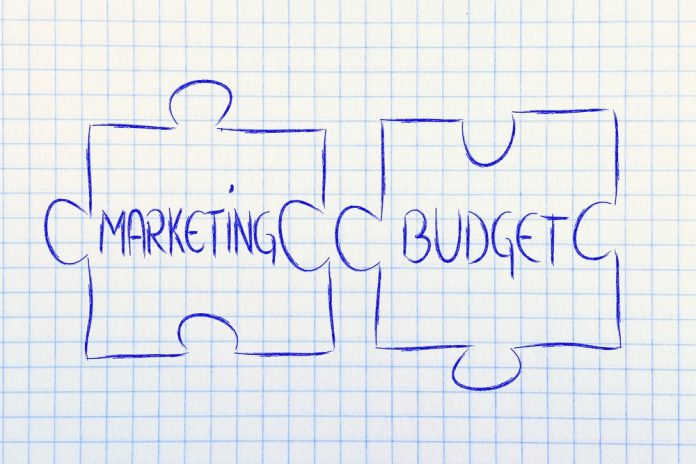You can’t go without a marketing budget – you’ll either spend too much or you won’t spend enough.
By Lily Kaligian
If your business is still young, you may not have a wealth of cash to throw at a super aggressive campaign designed to knock your competitors off the face of the earth. You’ll probably need to empty some piggybanks to run a campaign that will fetch you real, measurable results. Deciding on a reasonable budget is one of the most important steps in launching your campaign.
Review Your Finances
If you have cash available now, that doesn’t necessarily mean you can spend it. If your marketing campaign fails to deliver satisfactory results, you can’t skip out on paying your employees or paying the power bill. Make sure you have a fully balanced business budget before you start looking for marketing money. Decide on a safe and reliable amount you can allot every month to run ads, or save up a larger amount for campaigns specific to events.
Consider Additional Revenue Streams
If you need more than what you have, you’re going to need to maximize what you’re making. It’s kind of hard to maximize sales when you can’t run a marketing campaign – that would turn out to be an endless loop. Instead, look into learning to trade or creating referral partnerships with other local businesses. You can monetize aspects of your website, particularly if you have a blog, by showcasing noncompetitive products or services. Since this is money that came from outside of the predicted stream, it won’t cause an upset if you set it aside specifically for marketing.
Investigate Marketing Routes
Your budget needs to match the offerings of the platforms you want to use for marketing. Most social media platforms offer marketing and advertising solutions to businesses of all sizes, and you’ll need to see what options are the best fit for you. You might be priced out of some options, and that’s okay. Keep them in mind for your next campaign – if the first one goes as planned, you’ll have more in your budget for the next one.
Calculate Cost Per Action
You might fumble through this one the first few times, but you need to know how much it costs you to get people to do the thing you want them to do, whether it’s purchasing something, downloading something, or even just giving you their email address. Not everyone who is exposed to your ads, or even clicks on them, is going to complete the action. You’re paying for the exposure anyway. If your cost per action is too high, the avenue is probably not working for you. Don’t adjust your budget to accommodate an absurdly high cost. Instead, change your plans until you find an avenue that catches you a cost per action that you can reasonably afford.
Determine What Your Return Will Be
This is another one you might hit a few roadblocks trying to figure out, but it’s necessary. Estimate how many customers you can reasonably hope to achieve from your campaign (some outlets and platforms will provide you with these estimates) and think on the lower end. If you exceed the lower end, that’s great, but you don’t want to overestimate. Pick out a percentage of the profits that you can immediately set aside for your next marketing campaign. Ideally, you budget will continue to increase over time. If you’re expecting a satisfactory return, even on the lower end, it might be worth increasing your budget just a smidge.
Remember that you’re not supposed to set your marketing budget once and leave it the same. You should be following all of these steps for every marketing campaign, whether it’s your first or your hundredth go around. If you’re doing things right, they get a little easier and a little more expensive every time.
Lily Kaligian is an editor at Businesscheck.co.nz and Canadabiz.net. She creates a variety of articles about careers, entrepreneurship, technology, business, education, as well as travel and personal development.
Marketing stock photo by faithie/Shutterstock







